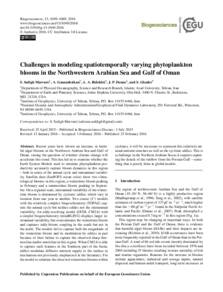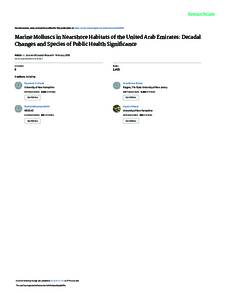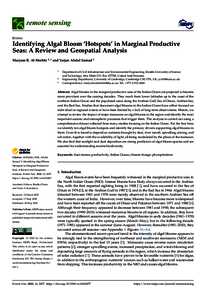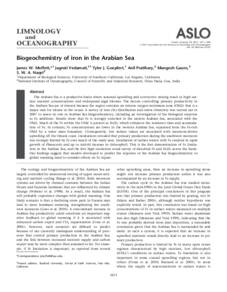وثيقة
Challenges in modeling spatiotemporally varying phytoplankton blooms in the Northwestern Arabian Sea and Gulf of Oman.
المعرف
DOI: 10.5194/bg-13-1049-2016
المساهمون
الناشر
Copernicus GmbH.
ميلادي
2016-02
اللغة
الأنجليزية
الموضوع
الملخص الإنجليزي
Recent years have shown an increase in harmful algal blooms in the Northwest Arabian Sea and Gulf of Oman, raising the question of whether climate change will accelerate this trend. This has led us to examine whether the Earth System Models used to simulate phytoplankton productivity accurately capture bloom dynamics in this region - both in terms of the annual cycle and interannual variability. Satellite data (SeaWIFS ocean color) show two climatological blooms in this region, a wintertime bloom peaking in February and a summertime bloom peaking in September. On a regional scale, interannual variability of the wintertime bloom is dominated by cyclonic eddies which vary in location from one year to another. Two coarse (1°) models with the relatively complex biogeochemistry (TOPAZ) capture the annual cycle but neither eddies nor the interannual variability. An eddy-resolving model (GFDL CM2.6) with a simpler biogeochemistry (miniBLING) displays larger interannual variability, but overestimates the wintertime bloom and captures eddy-bloom coupling in the south but not in the north. The models fail to capture both the magnitude of the wintertime bloom and its modulation by eddies in part because of their failure to capture the observed sharp thermocline and/or nutricline in this region. When CM2.6 is able to capture such features in the Southern part of the basin, eddies modulate diffusive nutrient supply to the surface (a mechanism not previously emphasized in the literature). For the model to simulate the observed wintertime blooms within cyclones, it will be necessary to represent this relatively unusual nutrient structure as well as the cyclonic eddies. This is a challenge in the Northern Arabian Sea as it requires capturing the details of the outflow from the Persian Gulf - something that is poorly done in global models.
المجموعة
ISSN
1726-4170
URL المصدر
قالب العنصر
مقالات الدوريات




